Based on years of working on guitar...since 1972.
Maple Fingerboards
Maple boards are easy to care for as they almost always have a finish on them to keep the maple clean looking. Any light, non abrasive guitar polish or any good glass cleaner (Windex (Foaming spray can is best), Perfect Glass etc.) is all you need. It will clean the frets at the same time. Scrubbing with a soft old toothbrush is all you need. Protect the body of the guitar from splashes with paper towels while spraying and scrubbing. Wipe the board and frets dry with paper towels and you are good to go.
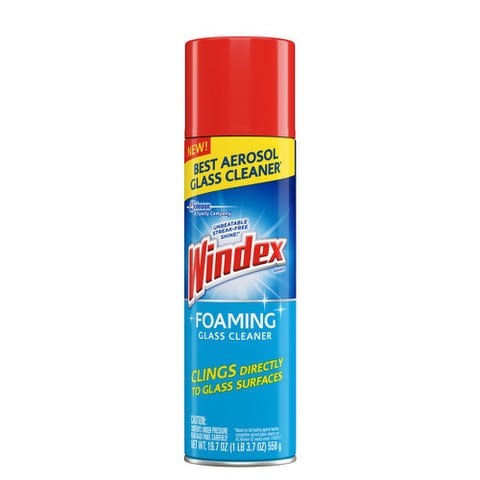
Unfinished Fingerboards (rosewoods, ebony, etc)
Here we have the multiple needs of cleaning frets and fingerboards, and oiling the fingerboard. In most cases this only needs to be done once or twice a year at most.
Cleaning Fingerboards
To clean excess gunk from a fingerboard, do not use steel wool unless you have a real workbench and a good vacuum. Thoroughly tape off the pickups so the steel wool dust does not cling to pickup magnets. Use Liberon 0000 steel wool and then vacuum all of the residual steel dust off the guitar and the workbench
As a substitute for steel wool, 3M makes an alternative product: Scotch- Brite Pads. Use the White, which is the least abrasive.
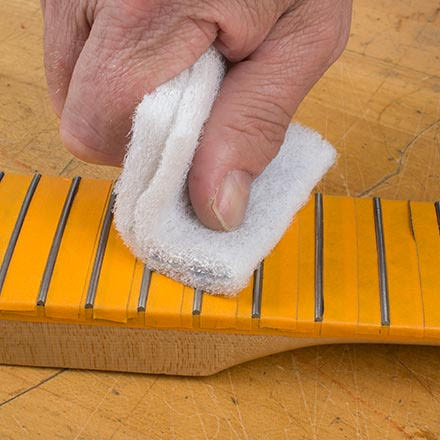
Cleaning frets:
Most processes for cleaning frets involve protecting the wood from the agent used to polish the metal. This can be achieved by either taping up the fingerboard with masking tape or using a shield similar to this:
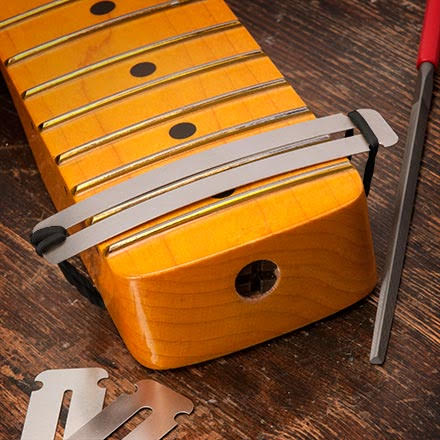
Used with a little bit of metal polish on a small cloth, this will make your frets look like new.
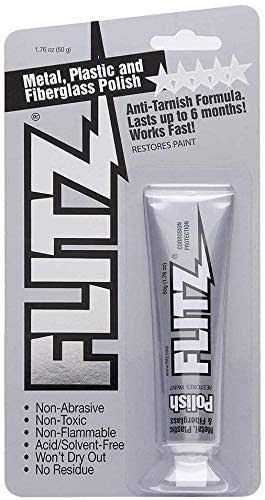
Fingerboard Oil
Oiling the fingerboard helps keep the fingerboard from drying out, especially ebony, which is more prone to cracking in dry conditions than rosewoods. When oiling a fingerboard, coat the entire board and then immediately wipe all the excess off. Do not let it soak in.
The most commonly used product and the one to NEVER USE is any kind of Lemon Oil product. Lemon oil products are basically mineral oil with lemon color and fragrance added, along with chemical drying agents. Although the fingerboard will look beautiful when first applied, the drying agents will eventually dry out the wood more than if you had never oiled it in the first place.
My preferred product has always been boiled linseed oil. Smaller size bottles will be available from art supply shops than hardware stores. Buy the smallest size you can. The only caveat with linseed oil is the potential for spontaneous combustion. Any rags used to apply or dry off linseed oil should be put in a zip lock bag with water and placed outside your home immediately. NOTE: This is not a joke out of Spinal Tap!
I recommend some newer oils on the market that do not have the risk of spontaneous combustion.
Music Nomad F-One oil
Planet Waves Hydrate
All in one products:
There are some newer products that combine fret polishing and fingerboard oiling in one.
Gorgomyte:
Developed by guitar tech Jimmy Johnson (RIP), it is a pre-oiled cloth that will both clean the frets and fingerboard and oil the board at the same time. After doing the entire fingerboard, use paper towels and keep rubbing the board until no more “black” appears on the paper towel. At that point you can restring. Cut the cloth into 4 equal pieces. Use the ¼ piece over and over until it gets too dry. Keep them stored in a small zip lock bag.
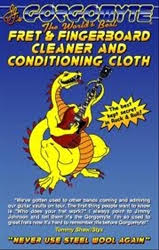
Fret Butter:
Fret butter is similar to Gorgomyte, but it is a bit wetter and takes much more paper towel rubbing to remove the excess. But it really works very well.
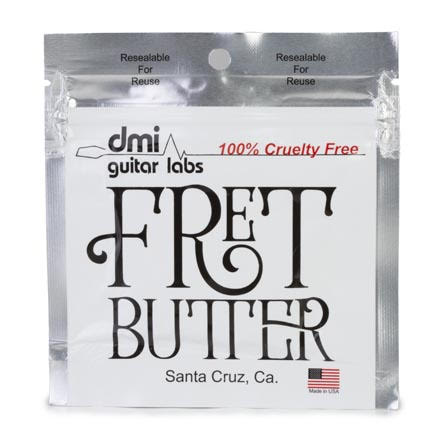
Most of these products can be found on www.stewmac.com or Amazon.
Well, this turned out to be a longer dissertation than I expected but I think I covered all the “basses” and the guitars as well.


